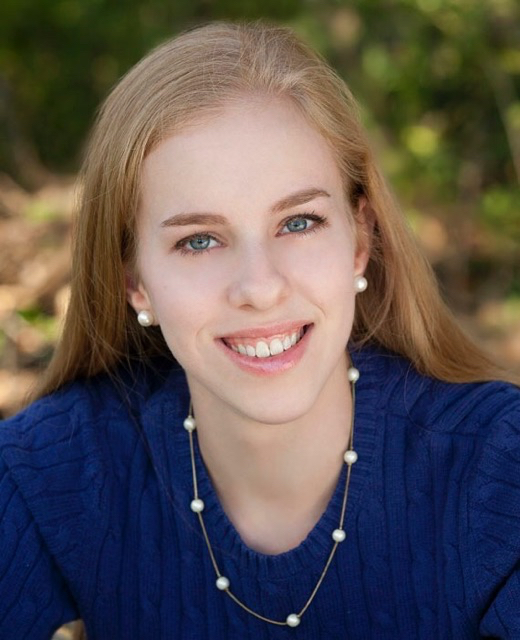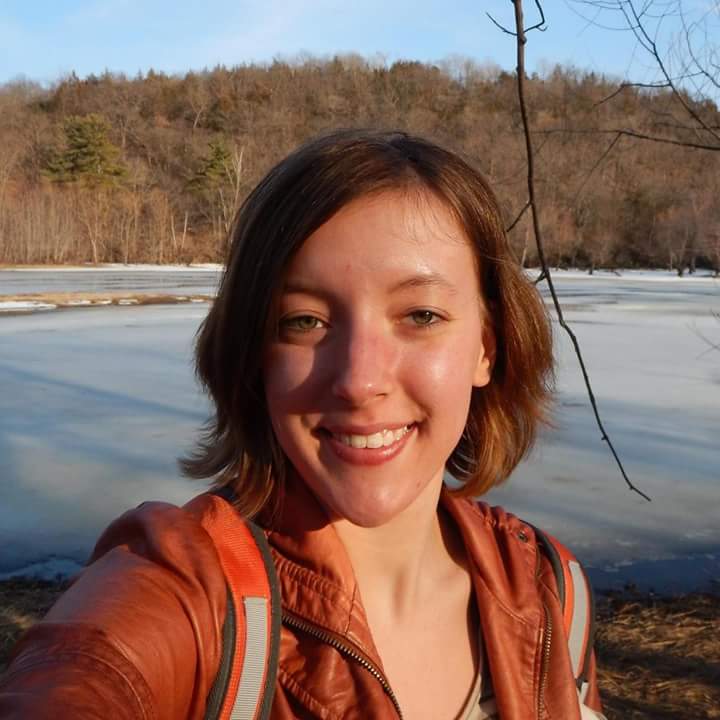Below is a summary of the abstract you submitted. Presenting author(s) is shown in bold.
If any changes need to be made, you can modify the abstract or change the authors.
You can also download a .docx version of this abstract.
If there are any problems, please email Dan at dar78@pitt.edu and he'll take care of them!
This abstract was last modified on May 10, 2016 at 1:01 a.m..

The UWRF Phage Hunters class used Gordonia terrae as a host for phage isolation. We used the standard M. smegmatis soil enrichment protocol, substituting LB broth with 4.5 mM CaCl2 and culturing at 30<sup>o</sup>C for 2-5 days. Several phages were isolated, and we obtained DNA sequences for five: JSwag, Remus, Strosahl, Jumbo, and Bantam. All are Siphoviridae. Jumbo and Bantam have long tails (450-475 nm) and produced very small, clear plaques, <0.5 mm diameter; JSwag, Remus and Strosahl produced clear plaques of 1-3 mm. These phages appear to have distinct evolutionary histories. JSwag, Remus and Strosahl are in cluster A, subcluster A15, and have 96% average nucleotide identity with other A15 phages. The genomes of these phages are 52,726-52,738 bp with 102 orfs and 62% GC content. All other A subclusters were isolated in *Mycobacterium* hosts. 58 phams are shared with other A subclusters, while 33 phams are present only in A15 phages. Only 14 phams are shared with other *Gordonia* phages, and 21 phams are shared with phages infecting other Actinobacteria hosts. These appear to be temperate phages, producing turbid plaques with halos at 35<sup>o</sup>C. We isolated putative lysogens from turbid plaques for JSwag and Remus, which are resistant to superinfection by all A15 phages and release phage into culture supernatants. No integrase has been identified, but they contain ParA and ParB genes and upstream tandem repeats, suggesting they use partitioning rather than integration for lysogeny. Similar mechanisms have been reported for subcluster A2 phages, the closest matches outside of A15 for these phages. Jumbo and Bantam are singletons. Jumbo’s genome is 78,302 bp with 54.5% GC content. Although it has limited nucleotide identity with other phages, Jumbo shares phams and synteny with cluster DF phages and singleton GMA3 (from different Gordonia strains) and Rhodococcus singleton DocB7. These phages were identified as potential treatments to reduce foaming caused by Actinobacteria in wastewater. Shared phams encode structural proteins, integrase, helicase, exonuclease, and multiple putative lysins and holins that may differ from those typically found in Mycobacteriophages. Bantam’s genome is 92,580 bp with 172 genes and 64.7% GC content. More than half of its orfs are orphams, while 20 phams are shared with Gordonia cluster CQ and singleton Yvonnetastic. Both Jumbo and Bantam contain integrases and may be temperate phages, but lysogens have not been isolated. Other class research included host range testing, which showed that all class phages lysed only G. terrae, except the unsequenced phage, TeeSquared, which produced plaques in C. vitaeruminis and R. erythropolis. This phage may be similar to Gordonia phage GTE2, reported to lyse hosts in multiple genera. We also explored strategies for improving phage isolation success, including alternatives to soil samples such as sewage and testing soil enrichments on multiple hosts.


